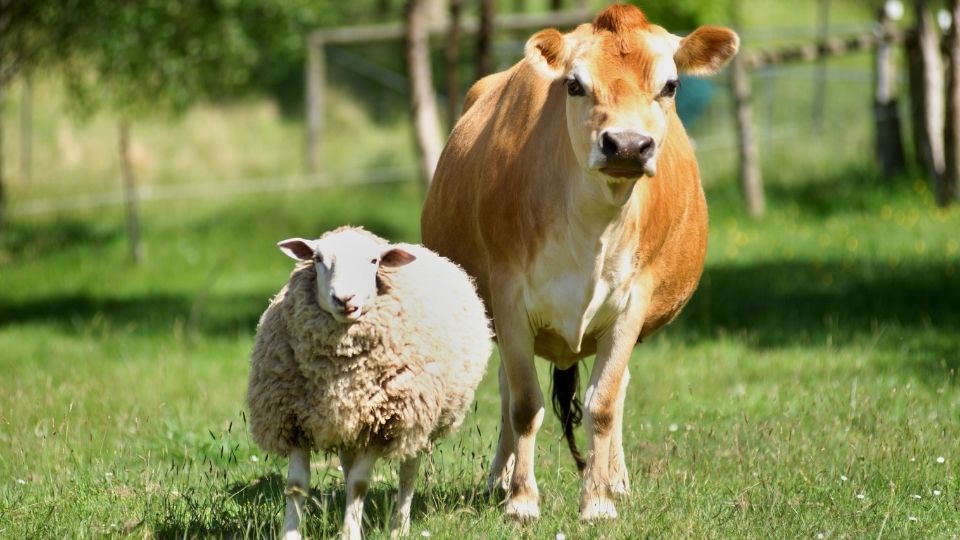Beck And Mitchell 2000 Details

Beck, J.L. and D.L. Mitchell. 2000. Influence of livestock grazing on sage grouse habitat. Wildlife Society Bulletin 28(4):993-1002. This paper is cited by many to point out the detrimental effects of livestock and livestock grazing to sage-grouse.
Direct Positive
- Light or moderate cattle grazing in dense, grassy meadows induced sage grouse use.
- Cattle grazing stimulated growth of grouse food forbs in upland meadows
- Light cattle grazing made food forbs more available.
- Rest-rotation cattle grazing promoted recovery of forbs for grouse in rested units.
Direct Negative
- Sheep bed grounds on ridges destroyed sagebrush used by sage grouse in heavy snows.* (this was probably true in 1938)
- Overgrazing leads to deteriorated wet meadow hydrology; reduces grouse habitat.
- Sheep and cattle trampling destroyed eggs.*
- Sheep and cattle caused nest desertions.*
- Heavily grazed meadows in poor condition avoided by sage grouse.
- Densities of nest-depredating ground squirrels likely increased following heavy grazing.#
*Beck and Mitchell cite a 1938 paper on grazing to find 3 of 6 direct negatives? The paper cited in Beck and Mitchell (2000) was: Rasmussen, D.I. and I.A. Griner. 1938. Life histories and management studies of the sage grouse in Utah, with special reference to nesting and feeding habits. Transactions of the North American Wildlife Conference 3:852-864
#This is an expert opinion and it may be true but Coates (2007) found that: "Wyoming ground squirrels and Piute ground squirrels encountered intact sage-grouse eggs in active nests during female incubation recesses and sometimes attempted to open eggs but were always unsuccessful as were all rodent encounters with intact eggs."
Indirect Positive
- Sage grouse created new leks on domestic sheep salting grounds.
- Reducing dense sagebrush cover should improve herbaceous plants used by sage grouse in summer.
Indirect Negative
- Reduction in habitat through conversion of sagebrush to grass for livestock. Man-caused – not grazing
- Livestock grazing can promote introductions of alien weeds. It can, but so can other factors
- Winter sagebrush cover lost through sagebrush conversion to grassland. Man-caused – not grazing
- Sprayed sagebrush strips contained lower amounts of forbs for sage grouse. Man-caused – not grazing
- Sage grouse quit nesting in areas treated with herbicides to increase grass forage. Man-caused – not grazing

